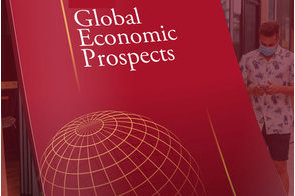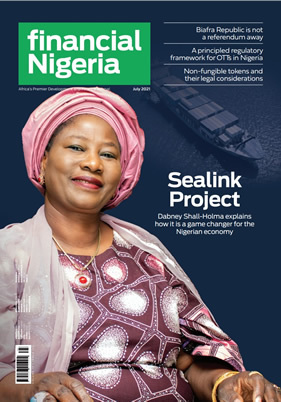Latest News
Sub-Saharan Africa will miss target to end poverty – World Bank

News Highlight
Jim Yong Kim said under the most optimistic scenarios, at least 10 percent of people in sub-Saharan Africa would remain in extreme poverty by 2030.
The World Bank President, Jim Yong Kim, has said the global target of ending poverty by 2030 is unlikely to be met. He said under the most optimistic scenarios, at least 10 percent of people in sub-Saharan Africa (SSA) would remain in extreme poverty by 2030.
According to a Reuters report on Wednesday, Kim said about 480 million people in the world would remain in extreme poverty in 2030 if there are no significant shifts in policy.
Kim made this statement more than five years after the World Bank Group set a goal to end poverty by 2030. In April 2013, the Development Committee (DC), which consists of members of the Boards of Executive Directors of the World Bank and the IMF, endorsed certain goals, including seeing a drop in the percentage of people living on less than $1.25 a day to 3 percent by 2030, and promoting the "shared prosperity" of the low per capita income population in every country.
Goal 1 of the 17 Sustainable Development Goals (SDGs) that were adopted in September 2015 by 193 member-countries of the United Nations calls for an end to poverty in all its manifestations, including extreme poverty. Member states resolved that everyone, including the poorest and most vulnerable, should enjoy a basic standard of living and social protection.
The UN report estimated that there were still 702 million people (9.6% of the global population) living in extreme poverty in 2015, with about 35% of the population of SSA still living on less than $1.90 per day.
“The global poverty rate is now lower than it has been in recorded history,” the World Bank president said. “But if we are going to end poverty by 2030, we need much more investment, particularly in building human capital, to help promote the inclusive growth it will take to reach the remaining poor.”
In a report released last week, the Overseas Development Institute (ODI) noted that with many countries missing the UN target of spending 0.7 percent of economic output on aid, the world is not giving enough aid or directing it towards the countries that need it most.
The report, titled: Financing the end of extreme poverty, noted that there is a funding gap of $125 billion each year for health, education and social protection, which are crucial areas that need to be addressed to reduce poverty in the poorest countries.
“Middle-income countries get 10 times the amount of aid the low-income countries get,” said Marcus Manuel, Senior Associate at the London-based think tank, and co-Author of the report.
The Director of UN Human Development Report Office, Selim Jahan, agreed that more funding and actions are needed to build on the considerable progress recorded in reducing extreme poverty.
Related News
Latest Blogs
- How Tinubu is ensuring equitable access to public services
- Nigeria’s economic reform faces new threats
- What Ould Tah’s tenure at BADEA reveals about his AfDB candidacy
- Implementation strategy crucial for the success of 12-4 education policy
- A senator’s suspension threatens the right of representation
Most Popular News
- Artificial intelligence can help to reduce youth unemployment in Africa – ...
- Nigeria records $6.83 billion balance of payments surplus in 2024
- Tariffs stir inflation fears in US but offer targeted industry gains ...
- Soaring civil unrest worries companies and insurers, says Allianz
- Rise in vaccine-preventable disease outbreaks is a threat, warn WHO, others
- IMF warns of global public debt approaching 100 percent of GDP









